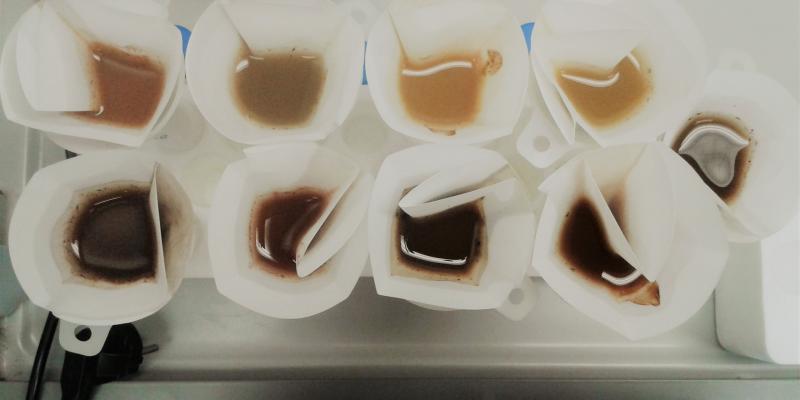New paper shows Mehlich 3 measurements can be used to derive QUEFTS input
Multi-element soil extractions, like Mehlich 3, gained popularity in recent years. Mehlich 3 (M3) is a cost-effective method as it extracts macronutrients, including phosphorus and potassium, as well as micronutrients from soil samples. Availability of M3 data presents challenges for the use of soil and crop models that are calibrated based on different soil tests.
A new research paper sheds light on relations between M3 and traditionally used single element extraction methods for phosphorus and potassium for tropical soils. The study, “Transfer functions for phosphorus and potassium soil tests and implications for the QUEFTS model” published in Geoderma, looked at relations between Olsen for phosphorus (P-Olsen), ammonium acetate for potassium (K-AA) and those respective nutrients extracted by M3.
P-Olsen and K-AA were selected as they are required as input for the well-established and popular Quantitative Evaluation of Fertility of Tropical Soils (QUEFTS) model. QUEFTS is a decision support tool, developed for tropical regions, that can be used for the evaluation of soil fertility, potential crop yield and fertilizer recommendations.
This study compiled soil data from various sampling locations in sub-Saharan Africa for which M3 measurements for P and K as well as P-Olsen and K-AA were available in addition to several other soil properties such as pH. Through statistical modelling, the authors developed transfer functions that predict P-Olsen and K-AA from the M3 measurements and other soil properties.
The study’s authors including lead author Mirjam S. Breure from Wageningen University and Bas Kempen from ISRIC – World Soil Information concluded that M3 extraction results can be used as an alternative to P-Olsen and K-AA determinations for tropical soils to derive input for the QUEFTS model.
“M3 soil test data are often available, it’s great that we can now confidently use them for QUEFTS,” said Bas Kempen, ISRIC soil mapping specialist and co-author on the paper. “Furthermore, this study contributes to international efforts in harmonizing soil test methods such as those within the Global Soil Laboratory Network (GLOSOLAN).”
Access the article “Transfer functions for phosphorus and potassium soil tests and implications for the QUEFTS model” here: https://doi.org/10.1016/j.geoderma.2021.115458
Full citation: Mirjam S. Breure, Elise Van Eynde, Bas Kempen, Rob N.J. Comans, Ellis Hoffland. 2022. Transfer functions for phosphorus and potassium soil tests and implications for the QUEFTS model. Geoderma. https://doi.org/10.1016/j.geoderma.2021.115458.
